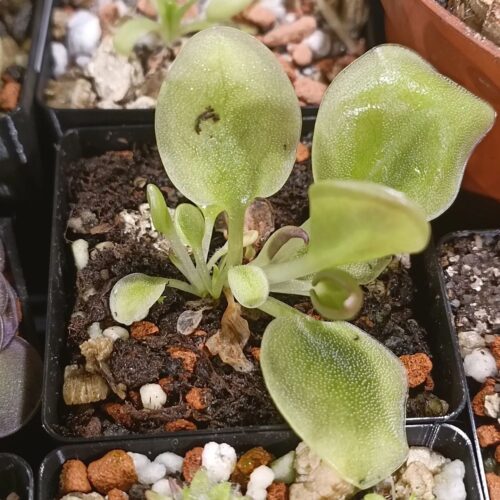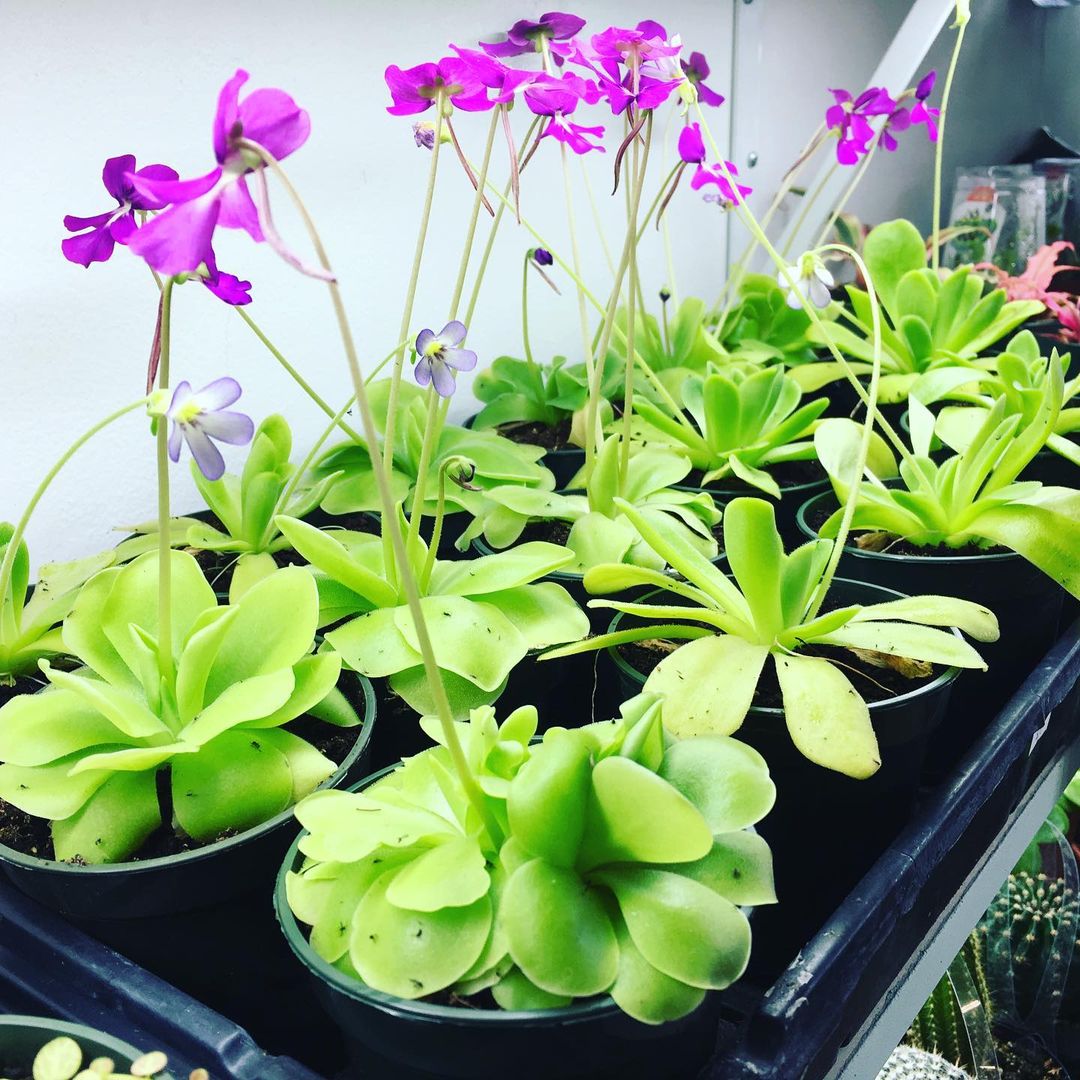Learn How to Grow and Care for Carnivorous Butterworts and have a natural solution for the pests in your garden or home.
If you want to repel nasty pests from the home and gardens, then growing butterworts will be a great option. Read how this plant can efficiently eliminate pests from your place.
USDA Zones: 1-11
Read: Houttuynia Cordata Benefits and Facts
Butterworts Information

The butterwort plant, scientifically known as Pinguicula, is a small plant that is overlooked until it flowers. They are native to Western Europe; a few belong to the United States, temperate East Asia, and Canada. It features green-yellow leaves with a butter-like texture; the plant grows in the form of a rosette and flowers during spring, showcasing pink, yellow, purple, or white blossoms. The foliage has a layer of an insect-trapping resin. Butterwort attracts gnats, which give it nitrogen to thrive.
Read: Salvia Divinorum Growing and Care Guide
Where to Grow Butterworts
Butterworts can be planted outdoors in moderate to warm zones; you can also grow them in pots as annuals on a sunny patio or deck. The plant can last as perennial in USDA Zones 10-11 and develop new rosettes.
This carnivorous plant can be grown in fountains or ponds, but remember to retain the crow of the plant above water.
Read: How to Use Apple Cider Vinegar for Pests
How to Propagate Butterworts
- You can propagate butterworts through leaf-pulling.
- Take a soft-tip tweezer and look down into the rosette; gently snip a leaf near the center point from the mother plant; cut up to three leaves.
- Fill a pot with equal parts of peat moss, sand, or vermiculite. For outdoor planting, choose a spot with moist soil.
- Now lay the leaf on the surface of moist soil, with the top of the foliage facing the sky. Remember not to cover the leaf with the soil.
- Cover the pot or planting area with a plastic bag. Open it every day for a few hours for air circulation, or poke some holes so fresh air gets inside.
- Remove the plastic bag after 2-3 days, and keep the pots in a bright location with indirect light. Mist the leaf pulling or put the pot on a pebble tray filled with water. Avoid overhead watering.
- In just a few weeks, little nubs will emerge from leaf pulling and soon develop leaves.
Read: First Signs of Spider Mites on Plants
Ideal Growing Conditions for Butterworts

Light
Grow butterworts in an area with full sun to partial shade. Depending on the climate, in regions where summer temperature does not go beyond 85 F, butterworts can be planted in full sun. While for areas with harsh summers, keep plants in dappled light. Do not grow this plant in full shade.
Soil
Use a blend of peat moss with an equal ratio of sand or vermiculite. Outdoors, choose a planting location with moist soil.
Water
Use rainwater or distilled water for butterworts. Keep the soil evenly moist all the time. Place your potted plant on a tray filled with pebbles and 1/4 water.
Heat Tolerance
They need cool nights to stay active and growing. If your summer nights are naturally cool, your plant will keep growing until the first fall frost. But if your summer nights are warm, the plant will likely stop growing by mid to late summer. The warmer the summer, the shorter the growing season.
Read: Turmeric Uses in Garden
Butterworts Care

Fertilizer
The butterwort plant is fairly independent. It’s better to grow it outside unless you have issues with gnats indoors. Outdoors, the plant can catch its own food. It lures small insects that get stuck in the slippery coating on its leaves. As they struggle, the plant releases a digestive enzyme.
Pruning
Remove dead leaves in late winter or early spring to promote new growth. The plant becomes dormant in winter and flowers again in spring.
Pests and Diseases
This plant is quite hardy and is not impacted by pests and diseases. The most essential aspect of butterwort care is the frequency and quality of water you are using. Make sure the plant won’t dry out, as it may die. The variety of water is important as butterwort is susceptible to salts and some minerals. For best growth, use distilled or rainwater.



